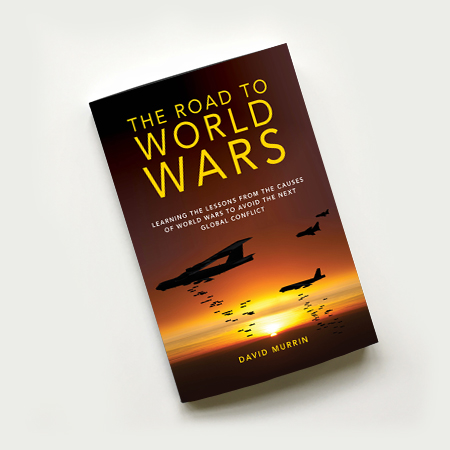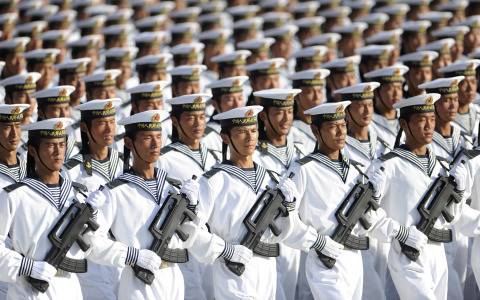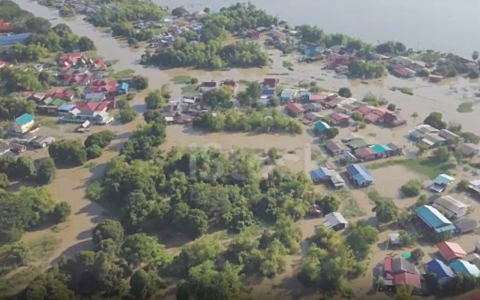We must identify the theories that underlie historical cycles, learn the lessons and apply them to today’s changing world. Studying the ebb and flow of empires throughout history, in particular, can enable us to pinpoint the mechanisms that cause civilisations to rise and fall. These principles apply equally to regional powers, which are in effect smaller fractals engaged in the same processes – to scale – as empires (and, in some cases, perhaps, less well documented).
This book attempts not only to understand the calculus of empire, but also the dynamic of religious belief throughout history to the present day. (I shall later introduce the concept of polarisation, to which this dynamic pertains.) Spiritual beliefs and religions are related, but defined differently: a religion erects a formal collective structure around spiritual beliefs, bringing with it the politics of human relations. Religions are products of the societies that have created them, reflecting the needs of the people at the moment; as they cease to be effective for their respective societies, they evolve – sometimes radically.
Religion is but one of the tools a society uses to shape and define itself, especially with regard to how it orders the behaviour of its people (including motivating them to commit violence against other societies with different beliefs). When the apparent randomness of history is revealed as governed by specific algorithms, numerous interrelationships can be discerned with which our lives are bound up. Thus we can seek knowledge of our world as well as, more importantly, understanding. There is a tradition that history is about the detail, but I have always believed instead that it is determined on a vast scale, by a specific set of dynamics. More- over, its apparent randomness is only an illusion: once the sequence of events that we call ‘history’ is shown to be governed by certain behavioural algorithms, we can then discern, with clarity, the degree to which our lives are bound up in numerous interrelationships.
The Past, Present And The Future
Once the pattern has been deciphered, we shall then be in a position not only to examine our geopolitical present with precision, but also to make predictions about the future of the world. Following this logic, this book has been organised into three major sections: The Book of the Past, The Book of the Present and The Book of the Future.
The section titled ‘The Five Stages of Empire’, found in the Book of the Past (Chapter Two: ‘Empires’), is the underlying basis upon which this entire book has been constructed – the key, in fact, to breaking the code referred to in the title. All subsequent chapters are informed by this theory, and are best understood within the context it provides.

The Book of the Past comprises a review of the history of humanity, from the first appearance of the genus Homo to the present day. It charts the rise and fall of empires – the largest social organisational structures we know – and introduces the Five Stages of Empire as an endlessly repeating cycle of behaviour that, once understood, can allow us to best assess the future of civilisation.

The Book of the Present contextualises world events in such a way that they may be seen as the product of six main drivers:
- Contemporary geopolitics as understood within the framework of the Five Stages of Empire;
- The commodity cycle, and its effects on consumers and producers;
- The polarisation process – the road to war;
- War;
- Disease;

The Book of the Future proposes solutions to prevent these six drivers from condemn- ing us all to complete catastrophe over the next two decades and beyond. This book is designed to help the reader understand the patterns inherent in human behaviour since the beginning of our time on Earth, and to show how, if we continue along this unconscious path, we risk all-out disaster. It might be called a self- help book for the planet: it proposes first steps towards awareness of the patterns that control us and which we reproduce, and initiates a process whereby we can alter those patterns – changing ourselves and hence the very course of our future.





















